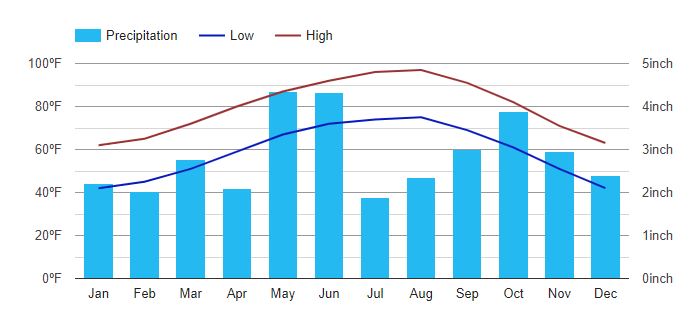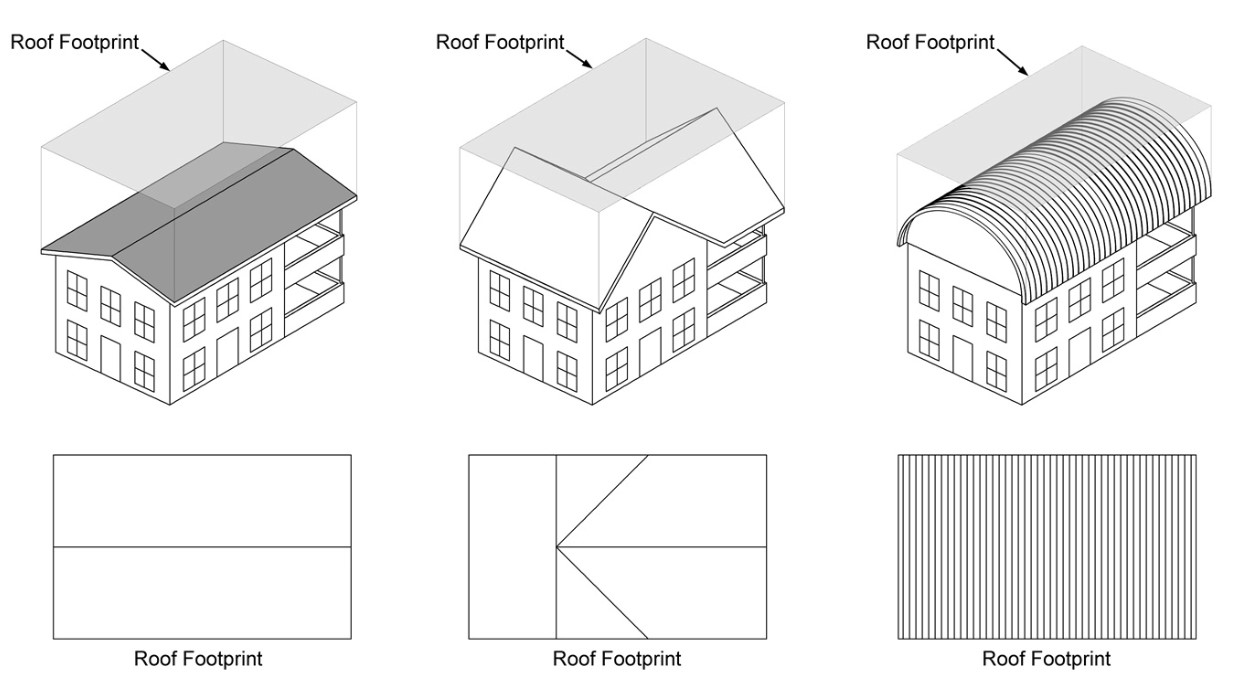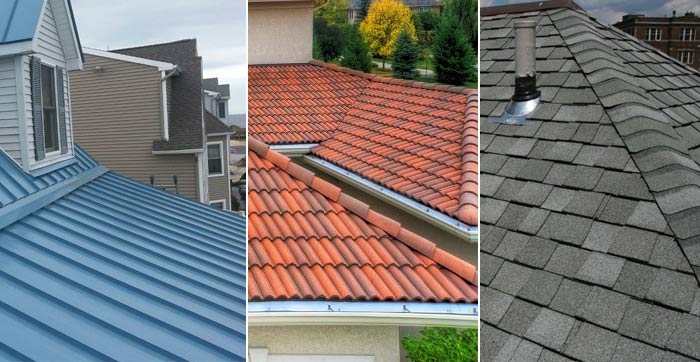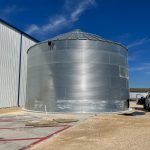One of the most common questions we get about rainwater collection is people asking how much rainwater can they potentially collect from their roof areas of their house. While the calculation of your rainwater capture potential is relatively straight-forward, there are some factors that play into the calculation which you should be aware of so that you can make the best rainwater harvesting system design choices for your particular situation.
The quick answer: Roof Area (square feet) X Rainfall Depth (inches) X Roof Collection Efficiency (%) X 0.623 = Harvested Rainwater (gallons)
Let’s get started…
Step 1: Determine the Rainfall in Your Area
Before you can estimate how much rainwater you can potentially collect either on a month-to-month or on an annual basis, you need to know how much rain falls in your area.
This is where the good ol’ internet comes into play. While there are a variety of websites where you can find rainfall and other climate data, many of them are very difficult to easily obtain just what you are searching for. I think one of the best websites for this data is the US. Climate Data website.

U.S. Climate Data
A simple website that provides climate data for cities across the United States. Just click on your state and then either find your city or the closest city to you. Not only will you find the average monthly rainfall but you can obtain the average monthly high and low temperatures.
Once you are found the average monthly or the average annual rainfall for your city or area, jot those numbers down. Remember to find the rainfall in the appropriate units (inches in the United States, millimeters everywhere else)
Step 2: Calculate the Surface Area of Your Roof
Since rainwater is primarily collected from rooftops, you will need to calculate the total surface area of the roof area(s) that will be used to collect rainwater. This is called your “roof footprint”.
To calculate the roof footprint, simply multiply the length by width for square or rectangular roofs. The resulting figure represents the surface area of your roof. Remember to include your roof overhangs though. This is important if you are using your “conditioned space” area which only measures the area inside your exterior walls.
Remember, typically rain falls straight down and thus the flat footprint is what experiences the rainfall Don’t worry about the slope of your roof in this calculation. Nevermind what Forrest Gump said about the rain that “flew in sideways and sometimes came straight up from underneath”.
The image below shows the representation of your roof footprint over different types of roof layouts. It shows how differences in roof slope do not change the building’s catchment area.

Step 3: Calculate the “Harvestable” Rainwater
Before we jump into the calculation method, I wanted to highlight a few factors that affect the “harvestability” or the collection efficiency of rainwater from roof areas. If you just want to see what your overall potential amount of rainwater you can collect from your roof, you can just use 100% for this factor.
Roof Material
The “slickness” or roughness of the roofing material will dictate the collection efficiency of that roof. For example, galvalume or galvanized metal roofs typically have a collection efficiency of at least 95%. You are harvesting at least 95% of the rain that hits that roof surface. Conversely, the collection efficiency of an asphalt shingle roof is around 85% since rainwater can get slowed down by the asphalt and some of the rain that gets left on the roof may get evaporated back out into the atmosphere.

So this leads to the inevitable question of “What is the Best Roof Material for Rainwater Collection?” We will answer this in-depth in a future blog post but for now… any roof material is fine for rainwater harvesting. It really just depends on your end use to make the best determination.
Slope
The slope of the roof affects how quickly water will runoff during a rain event. While this doesn’t change the total harvestable rain volume from the roof area, it will potentially change the gutter design and the number of downspouts that may be needed for that roof area. Another issue is the “cleaning” of the roof what is affected by the slope of the roof. A steep roof will create higher runoff velocities and thus clean the roof surface of settled contaminants quicker.
Okay, now that we have that out of the way, to calculate how much rainwater can be harvested from your roof, use the following equation:

Where does that 0.623 conversion factor come from? A cubic foot of water being equal to 7.48 gallons, which when divided by 12 (i.e. inches in a foot) equals 0.623 gallons per inch of water height.
For the metric version, this equation gets even simpler… use square meters (m2) for the catchment area and millimeters (mm) for the rainfall depth. You don’t need a conversion factor (see how neat the metric system is) and it will provide the harvested water in liters.
So now that you understand the background of how to calculate your rainwater harvesting volume potential, we can created a handy dandy calculator that at least removes the work of gathering your local rainfall data. In addition, it creates a monthly graph for you so that you can see how the collection potential can change from month to month.
Conclusion
I hope this post has provided you with the background of what goes into calculating the rainwater collection potential of your roof. If you want to calculate the potential for the different months of the year, use the same equation and procedure but just use the applicable monthly rainfall total for the month you want to calculate.
We will get into calculating the most efficient size of your rainwater harvesting storage tank in a future post so stay tuned.






Excellent. Thanks for the info. My wife & I hope to build a new high efficiency home, hopefully a barndominium with passive house features.
Bruce, with a barndomimium, you would have a great roof surface to collect rainwater and when you add garages/carports and patio roof space to your barndo design, you can greatly add collection surface area relatively inexpensively which makes your rainwater harvesting system even more efficient!